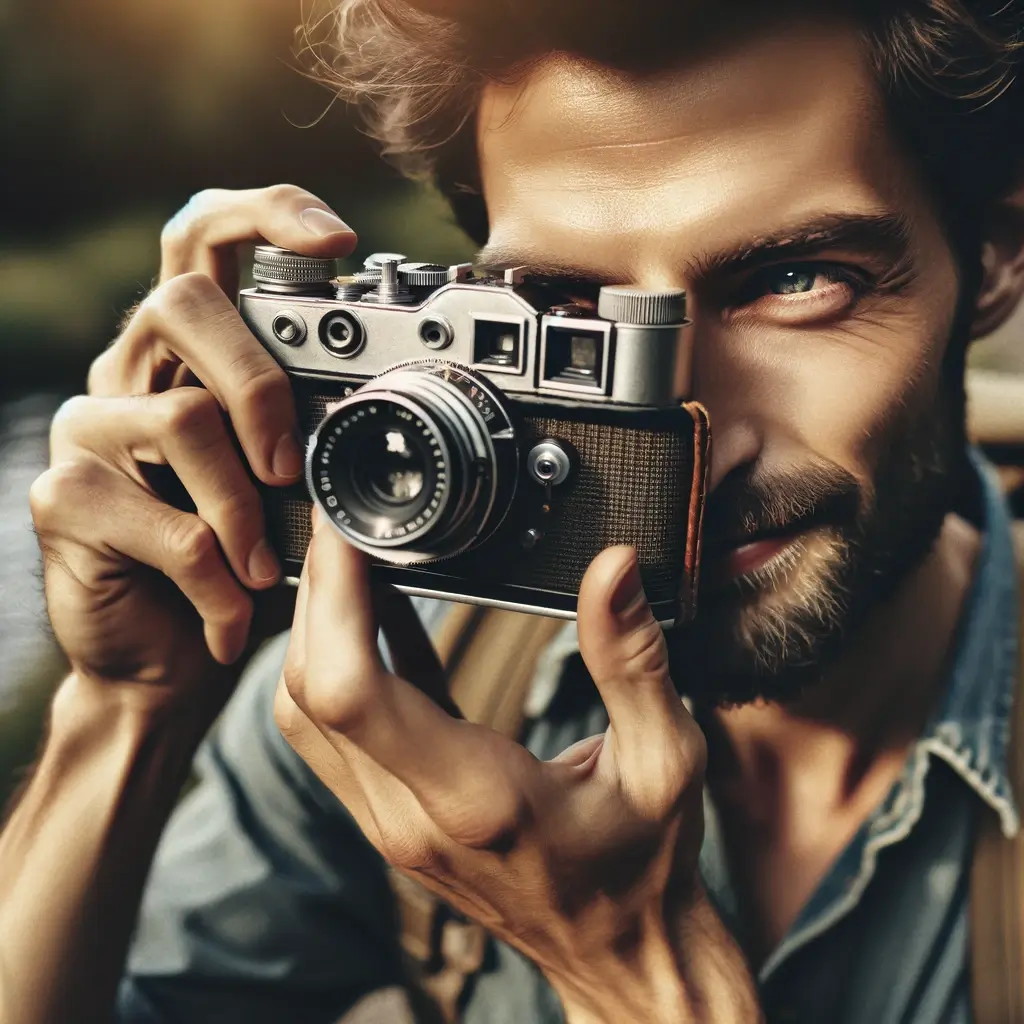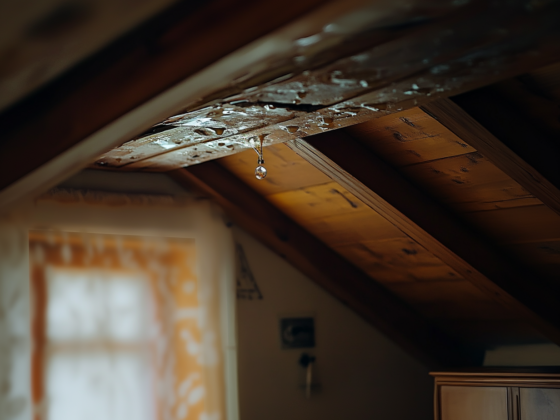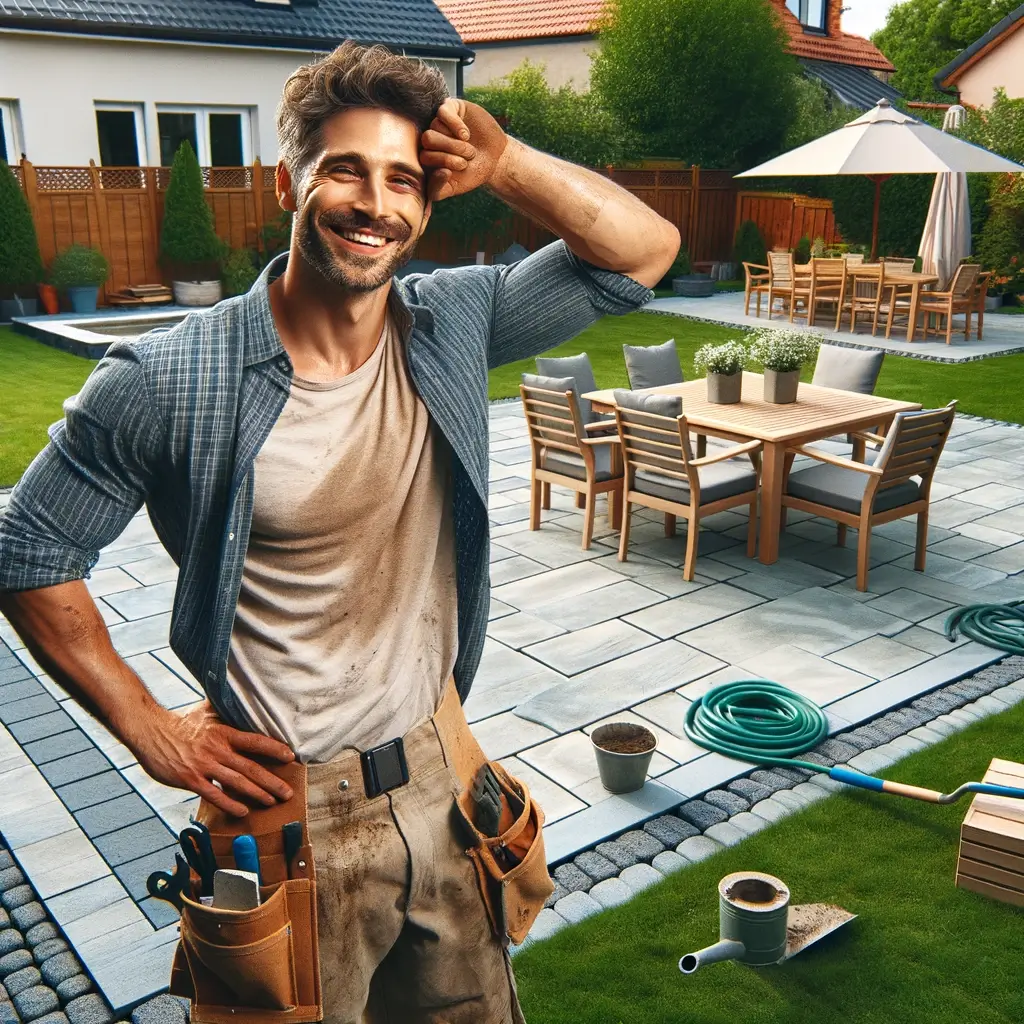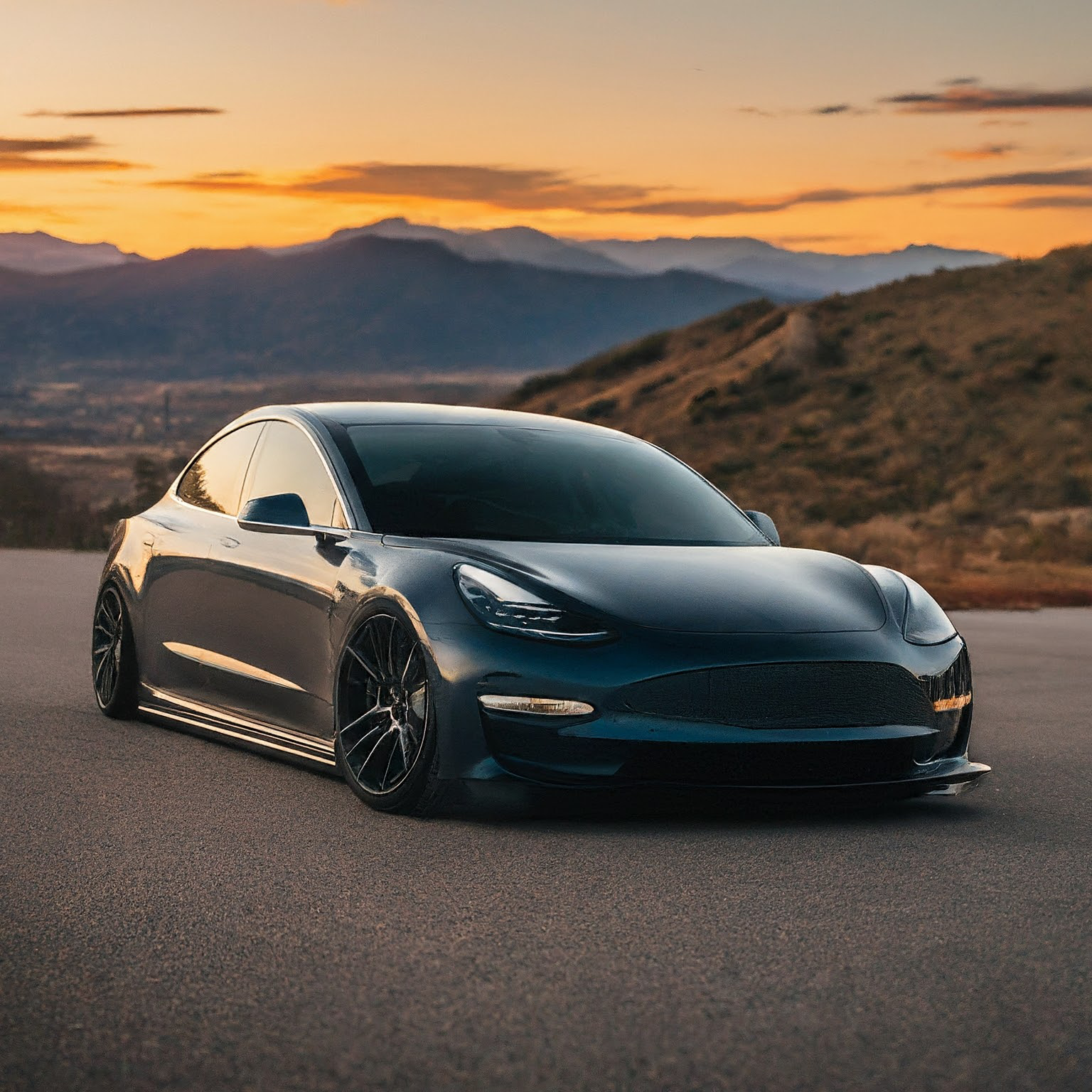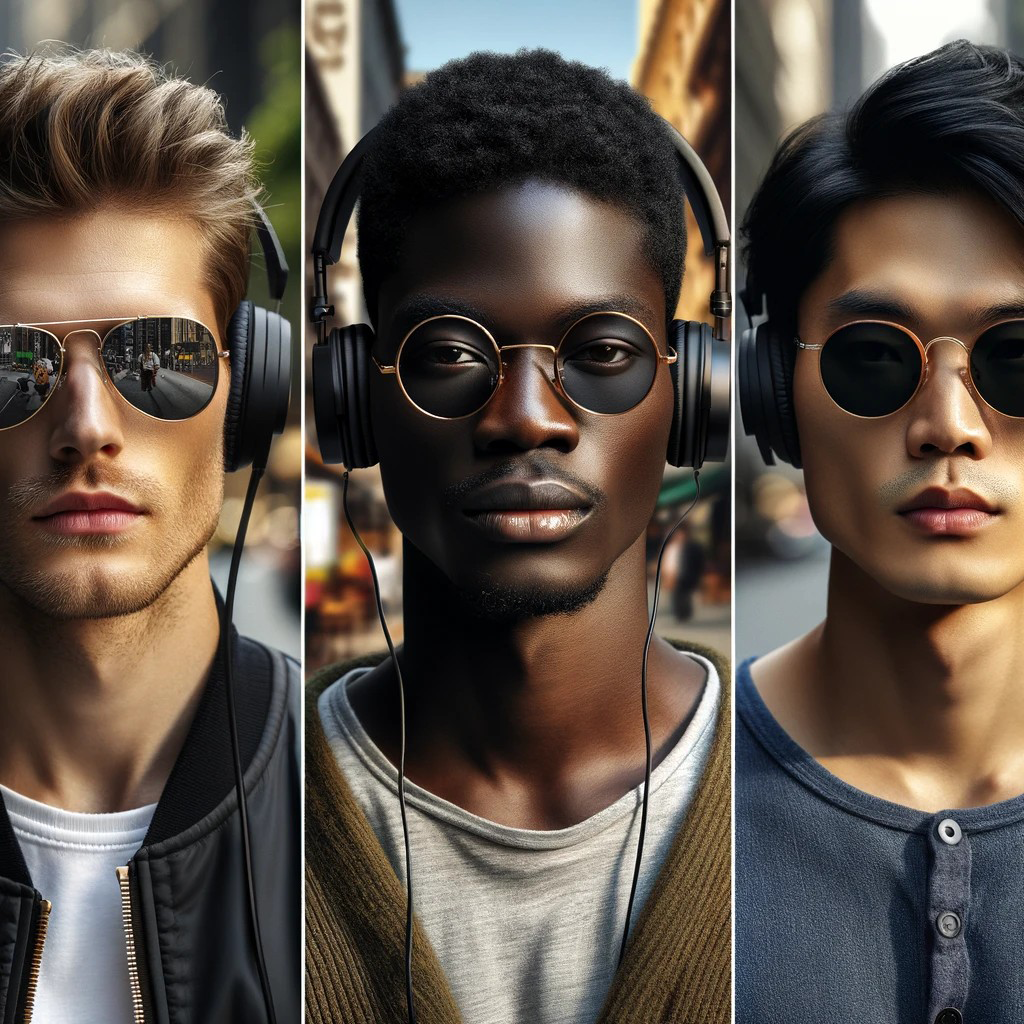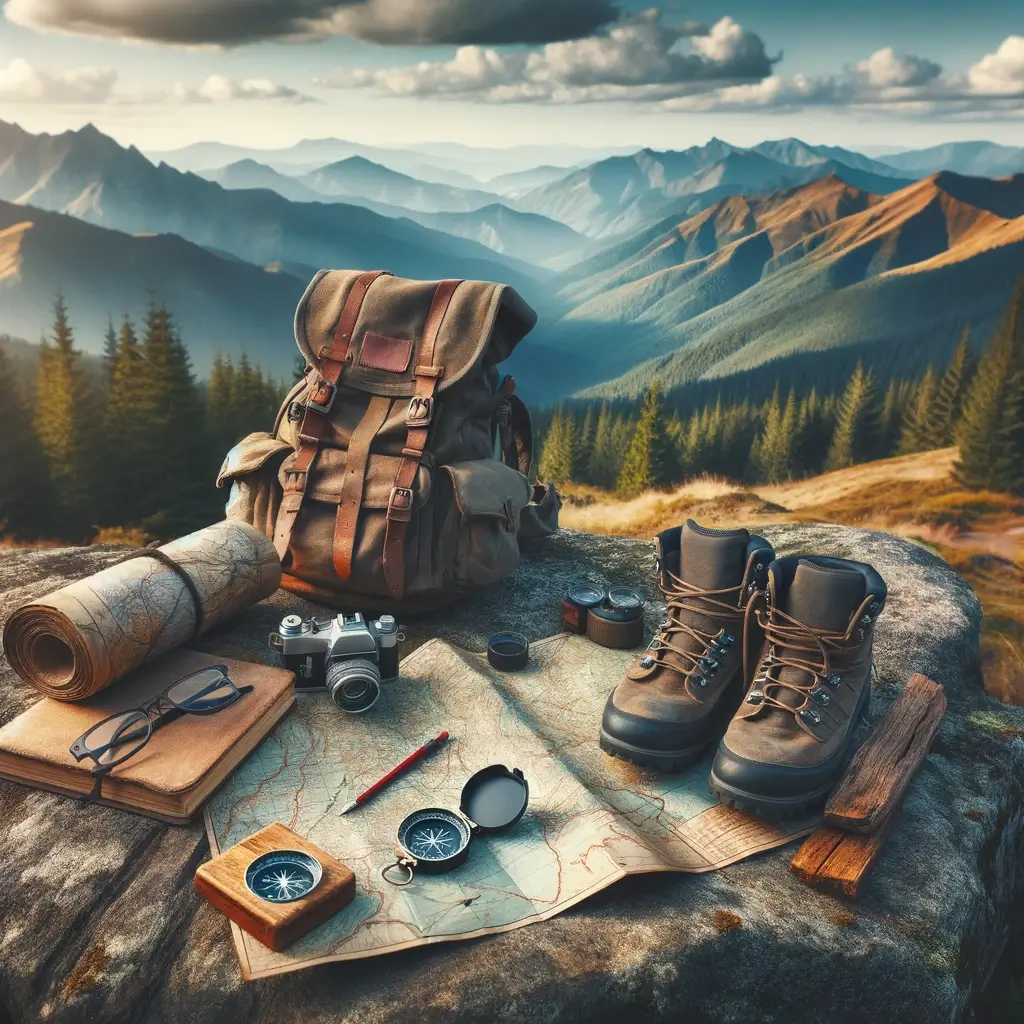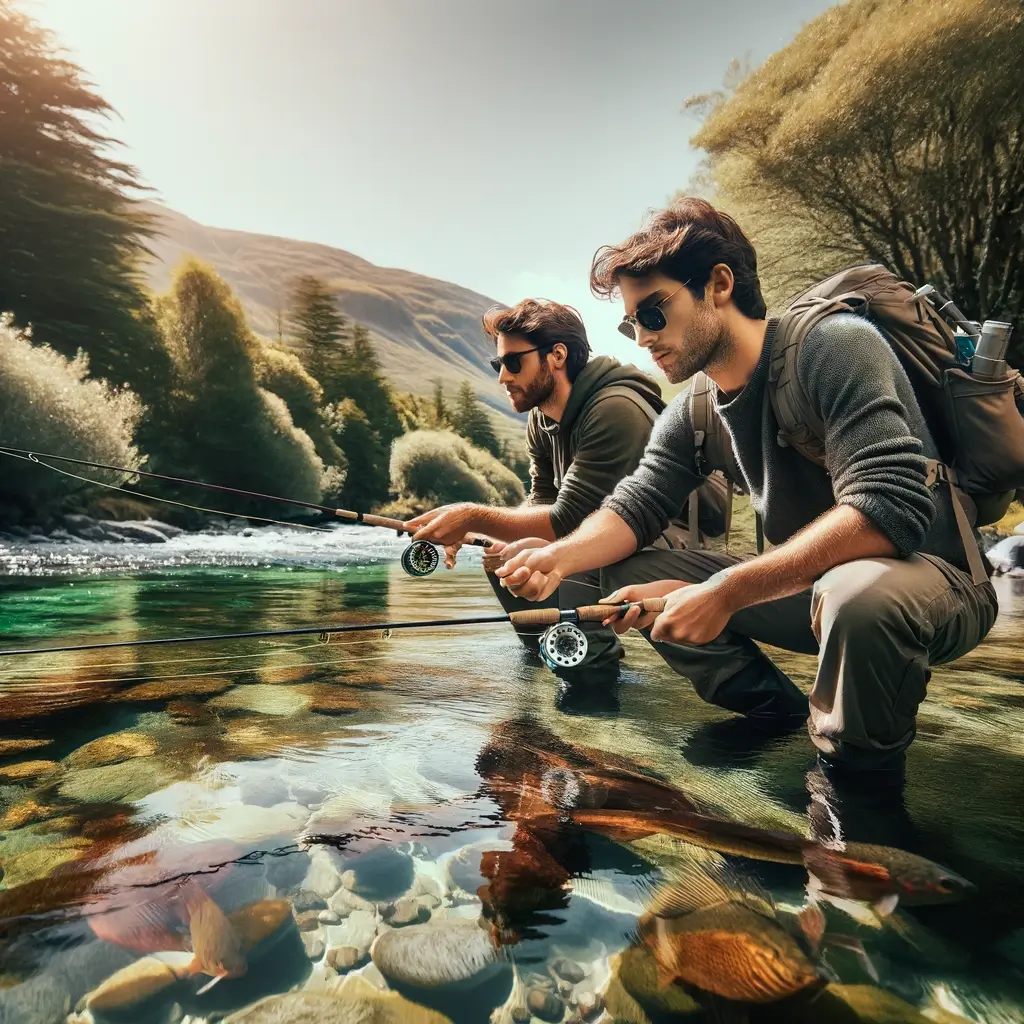Found a vintage camera and itching to capture a mantelpiece-worthy shot for your man cave? Don’t worry! This guide will equip you to embark on your own vintage camera odyssey. These cameras, unlike their point-and-shoot disposable counterparts, require a bit more effort, but the reward is an experience unlike any offered by the digital world. Get ready to create unique, lo-fi photos that ooze vintage cool and snag the prime spot above your fireplace!
Identify Your Treasure
The first step is to figure out what kind of camera you have. Is it a funky Polaroid that can spit out a finished photo in seconds, or a sophisticated rangefinder that requires you to master the art of aperture and shutter speed? Knowing your camera’s pedigree is half the battle. There are tons of resources online and even smartphone apps that can help you with identification.
Here’s a breakdown of some common vintage camera types:
- Instant Cameras: These iconic cameras, like Polaroids, are known for their ability to produce finished photos right after you take them. They’re perfect for parties, capturing fleeting moments, or just having a blast with instant gratification.
- Point-and-Shoot Cameras: These simple cameras are a great starting point for beginners. They typically have a fixed lens and require minimal adjustments, making them easy to use.
- Rangefinder Cameras: These compact cameras are known for their excellent viewfinders that use a range finding mechanism to help you focus. They’re popular for their sleek design and good image quality.
- SLR Cameras (Single Lens Reflex): SLRs are the workhorses of the vintage camera world. They offer a high degree of control over exposure and interchangeable lenses for added versatility. They can be a bit bulkier than other camera types, but the creative possibilities are vast.
Vintage Camera Must Haves:
Film: This is the most crucial purchase! The type of film you buy depends on your camera (35mm, 120mm, instant film) and the aesthetic you’re going for (black and white, color, specific tones).
Battery (if needed): Not all vintage cameras need batteries, but some light meters or specific functions might.
Light meter (optional): Many vintage cameras lack built-in light meters. A handheld vintage light meter will help you achieve proper exposure, especially when you’re starting out.
Camera Strap: A vintage camera strap adds to the aesthetic and makes carrying your camera more comfortable, especially for larger SLR cameras.
Lens Cleaning Kit: Taking care of your vintage lens is important. A basic lens cleaning kit with a blower, cleaning cloths, and lens cleaning solution will help keep your lens dust-free and ensure sharp photos.
Load it Up: A World of Film
This might sound like a no-brainer, but there’s a whole world of film out there, each with its own quirks and characteristics. Do you want classic black and white for that timeless, gritty look? Or maybe vibrant color is more your speed? Think about the aesthetic you’re going for and choose your film accordingly.
Here’s a primer on some popular film types:
- Black and White Film: Black and white film offers a timeless aesthetic with a focus on light, shadow, and composition. It’s a great choice for capturing moody scenes, portraits, or anything with strong graphic elements.
- Color Film: Color film comes in a variety of options, from vibrant and saturated to more muted and pastel tones. Think about the mood you want to create and choose a film stock that complements your vision.
- Instant Film: Instant film, typically used in Polaroid cameras, is a unique option that produces one-of-a-kind photographs. The ejected photo develops right before your eyes, offering a fun and interactive experience.
Remember, film processing is a thing, so factor that into your budgeting. There are still many labs that develop film, or you can even invest in a home developing kit for the truly adventurous.
Lighten Up: Mastering Exposure Without Fancy Meters
Most vintage cameras don’t have fancy built-in light meters. Don’t worry, you don’t need a degree in physics to figure this out. There are a few handy methods to achieve correct exposure:
Sunny 16 Rule: This simple rule is a great starting point for beginners. On a bright, sunny day, set your aperture to f/16 and your shutter speed to the reciprocal of your film’s ISO. For example, if you’re using ISO 100 film, your shutter speed would
be 1/100th of a second. This rule works well in most sunny conditions, but you can adjust it slightly based on the situation. There are even handy Sunny 16 apps you can download for your smartphone.
- Light Meter Apps: Technology can still be your friend! There are a variety of light meter apps available for smartphones that can help you determine the correct exposure settings for your camera.
- Embrace the Unknown: The beauty of vintage photography is that it’s not always about achieving perfect results. Don’t be afraid to experiment with different exposures and see what happens. Sometimes the unexpected results can be the most magical.
Don’t Be Afraid to Experiment: Embrace the Imperfections
Vintage cameras are all about happy accidents. Embrace the imperfections! Light leaks, soft focus, and grainy textures all add to the unique character of your photos. Think of it as instant nostalgia – a window into a time before digital perfection. Embrace the unexpected and let the camera be your partner in creating one-of-a-kind photographs.
Join the Club: The Vintage Photography Community
The world of vintage photography is a friendly and welcoming one. There are online forums, communities, and social media groups crawling with enthusiasts who can answer your questions, share tips, and ogle over your latest vintage finds. Don’t be afraid to connect with other vintage photography lovers and learn from their experiences.
So there you have it. Vintage cameras are more than just old gadgets gathering dust. They’re gateways to a slower, more intentional way of capturing memories. They’re a chance to disconnect from the digital world and reconnect with the tactile joy of photography. And who knows, you might just end up with some frame-worthy photos that are the envy of all your Instagram followers (minus the Valencia filter, of course). After all, there’s nothing quite as cool as rocking something with a little bit of history behind it.
Now get out there and start snapping! The world is waiting to be captured through your vintage lens. Explore your surroundings with a new perspective, experiment with different techniques, and most importantly, have fun! Vintage photography is a journey, not a destination. So grab your camera, load up on film, and get ready to create some timeless photographs.
Vintage Camera Books To Help Along The Way:
The Manual of Photography: Photographic Processes by Laurence Beck – Dive deep into the history and technical aspects of photography, from early cameras to film types.
Retro Cameras: The Collector’s Guide by Regan Reeder – A visual guide to classic cameras, packed with photos and details to help you identify and care for your vintage find.
The Photographer’s Eye by Michael Freeman – Though focused on digital, this book teaches core principles of composition and visual design that apply to all photography, including vintage.

